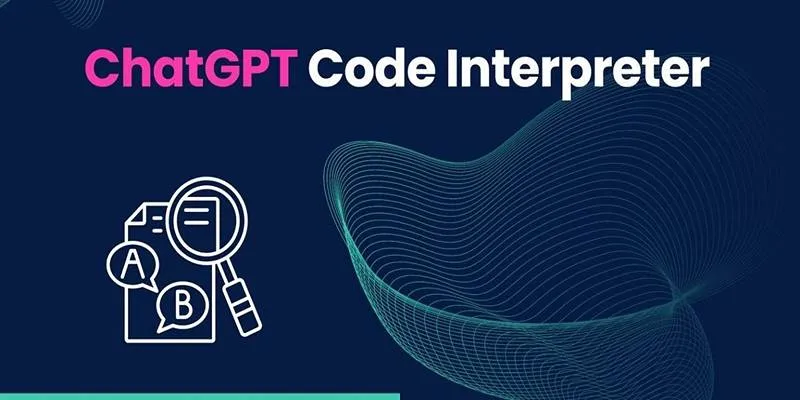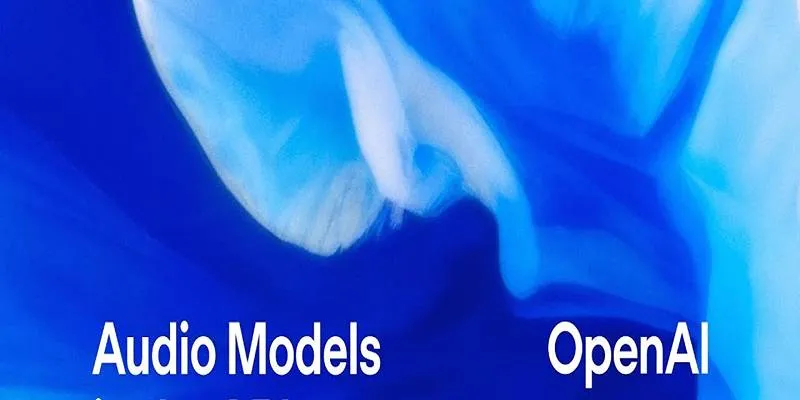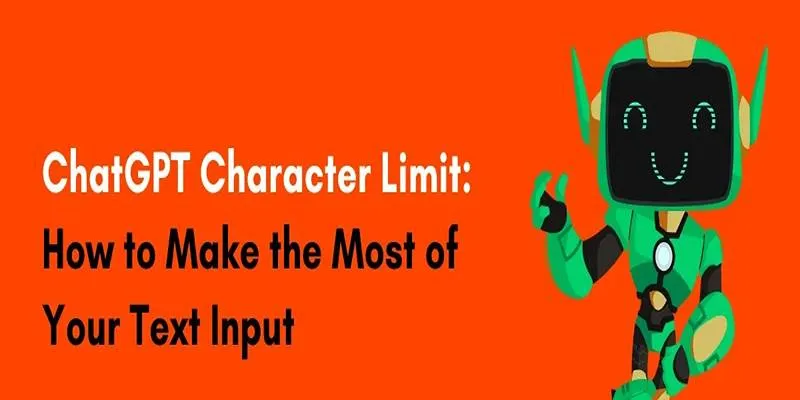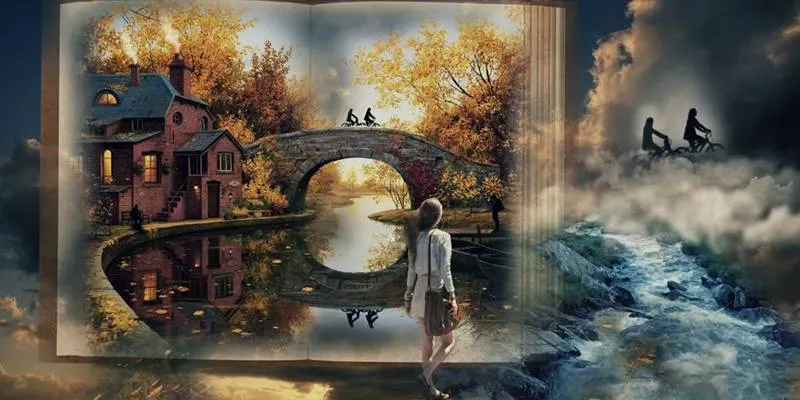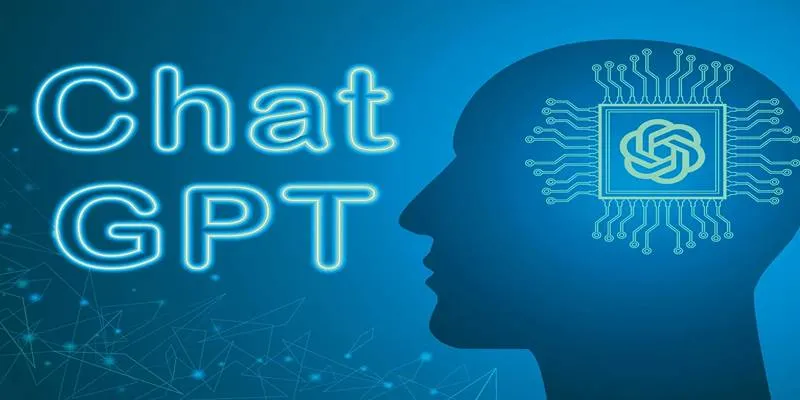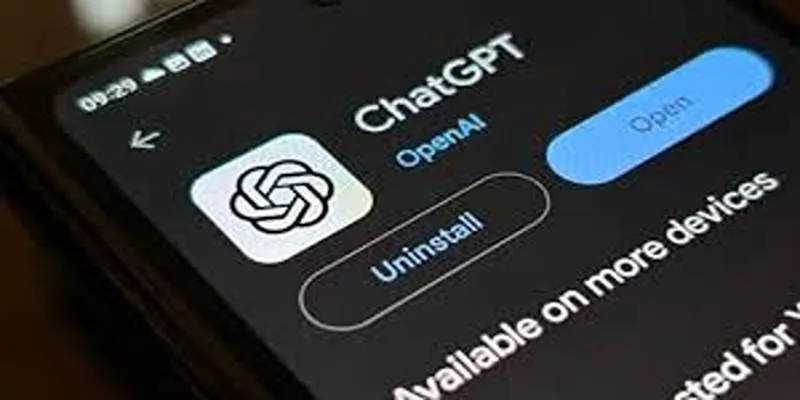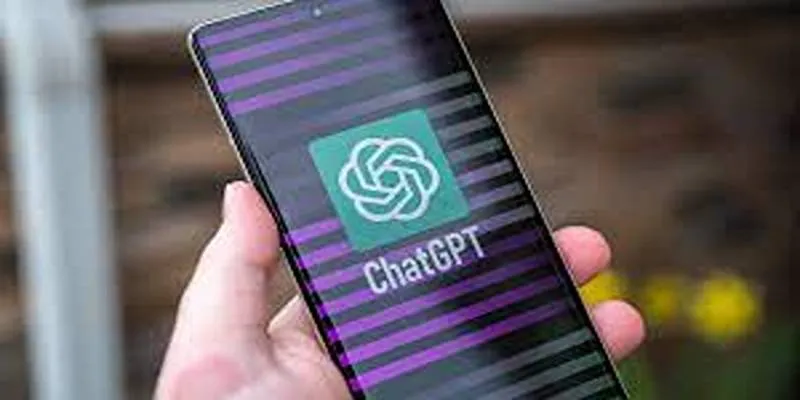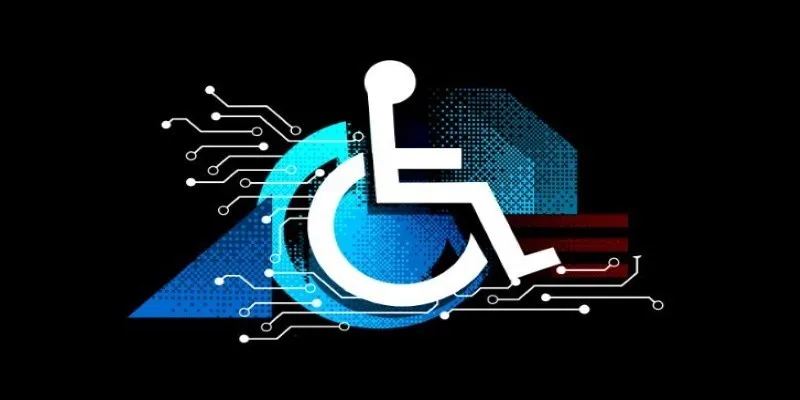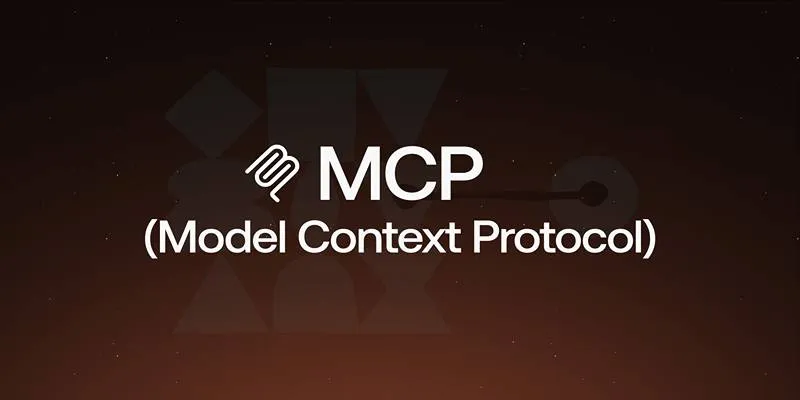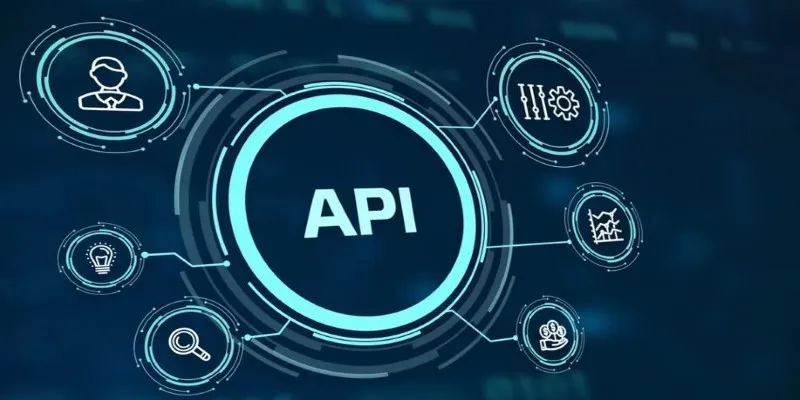Crafting an engaging story is a delicate balance of imagination, structure, and emotional resonance. Whether you’re a budding novelist or a content creator, storytelling is your key to capturing attention and leaving a lasting impression. However, the creative process is rarely linear—writers often stumble upon plot holes, flat characters, or the dreaded writer’s block. That’s where ChatGPT can become a transformative tool.
Incorporating AI into your writing process can help you generate ideas faster, organize your stories more efficiently, and enhance your creative clarity. To fully benefit from ChatGPT, view it as a creative partner rather than just a tool. Let’s explore how you can leverage ChatGPT to master storytelling from concept to conclusion.
1. Begin with a Clear Premise
Every great story starts with an idea, and often, the biggest hurdle is choosing where to begin. ChatGPT can assist in narrowing down your premise based on genre, tone, or character archetypes. When you’re unsure, AI can spark that initial inspiration by offering several starting points to work with—especially useful when your creativity is running dry.
Instead of starting with a vague concept, define your intent and direction. Clarify the message or emotion you want to convey. From there, ChatGPT can help refine it into a compelling foundation for your narrative.
2. Theme Development with AI Insight
A story without a theme is like a journey without a destination. Whether your tale explores redemption, betrayal, resilience, or self-discovery, defining the central theme sets the tone for every decision that follows. ChatGPT can generate theme ideas tailored to your interests or genre and even suggest how that theme can manifest through character arcs and plot points.
While ChatGPT can provide a starting theme, the depth and interpretation will depend on your storytelling voice. It’s your job to weave that theme organically into the narrative.
3. Building Complex Characters
Characters drive the emotional impact of any story. With ChatGPT, you can quickly brainstorm character profiles that include physical traits, backstories, motivations, and internal conflicts. It can even suggest how characters might evolve throughout the story.
However, AI-generated characters can sometimes lack the nuance or authenticity needed to truly resonate. The writer should focus on layering emotions, relationships, and contradictions to transform a basic sketch into a believable, multidimensional figure.
4. Choosing the Right Point of View

Narrative perspective shapes how your readers experience the story. Should it be told in the first person for a more intimate tone or third person for broader insight? The choice of perspective influences the emotional distance between the reader and the characters. It also affects how much information the reader can access and interpret throughout the story.
ChatGPT can explain the pros and cons of each perspective and recommend one based on your story’s goals. Yet, you must test different points of view yourself. Try a scene from both the first and third person. See which one feels more natural and immersive for your narrative.
5. Crafting a Vivid Setting
The setting establishes the environment and mood of your story. Whether it’s a dystopian metropolis or a cozy seaside town, a rich setting makes your world feel alive. A compelling setting not only grounds the narrative but also influences character behavior and plot progression. It becomes a silent character in the story—shaping atmosphere, tension, and reader immersion.
ChatGPT can help generate immersive settings by suggesting specific time periods, geography, or even social environments. You can then take these suggestions and expand them with sensory details, dialects, and cultural contexts that match your story’s needs.
6. Structuring the Plot
A well-structured plot keeps the reader invested. While many stories follow the classic three-act structure, variations can include nonlinear timelines, nested narratives, or episodic arcs. Effective structure guides the pacing, controls when information is revealed, and builds emotional stakes. Without this foundation, even the most creative ideas can feel disjointed or aimless.
ChatGPT can break down your plot into acts and suggest sequences of events that maintain tension and pace. However, you’ll need to ensure that these events are logically connected and emotionally driven. Try adjusting ChatGPT’s suggestions by adding turning points, twists, or reversals to enrich your narrative flow.
7. Tone and Emotional Depth
Tone shapes the emotional experience of your story—whether it’s hopeful, suspenseful, satirical, or tragic. ChatGPT can propose tonal directions that align with your theme and plot, but it’s the writer’s responsibility to bring emotional authenticity to the page.
The tone should be consistent and deliberate, setting expectations for the reader from the very first page. It evolves with the narrative and helps unify all other story elements under a shared emotional framework. Consider how characters react, how dialogue flows, and how tension builds. The more you embed these emotional cues, the more immersive the tone will become.
8. Resolving the Narrative

Every story needs an ending, even if it’s a cliffhanger. ChatGPT can outline possible resolutions that match your plot and theme. These can range from happy conclusions to bittersweet farewells or open-ended finales.
Again, AI can provide structure, but you must provide impact. Ask yourself what you want the reader to feel as they close the last page. Let that guide your final scenes. A satisfying resolution doesn’t mean tying every thread neatly—it means honoring the emotional arc of the story. The best endings leave readers thinking long after the story is over.
Conclusion
Mastering storytelling takes time, but tools like ChatGPT can fast-track your learning curve. It won’t replace your voice or emotional intelligence, but it can act as a brainstorming buddy, structural editor, and creativity booster.
By understanding how and when to use its capabilities, you’ll build stronger narratives with more confidence and less friction. In the end, it’s your passion, experiences, and vision that will bring your stories to life. Use ChatGPT wisely, and your next masterpiece might be just one conversation away.
 zfn9
zfn9
